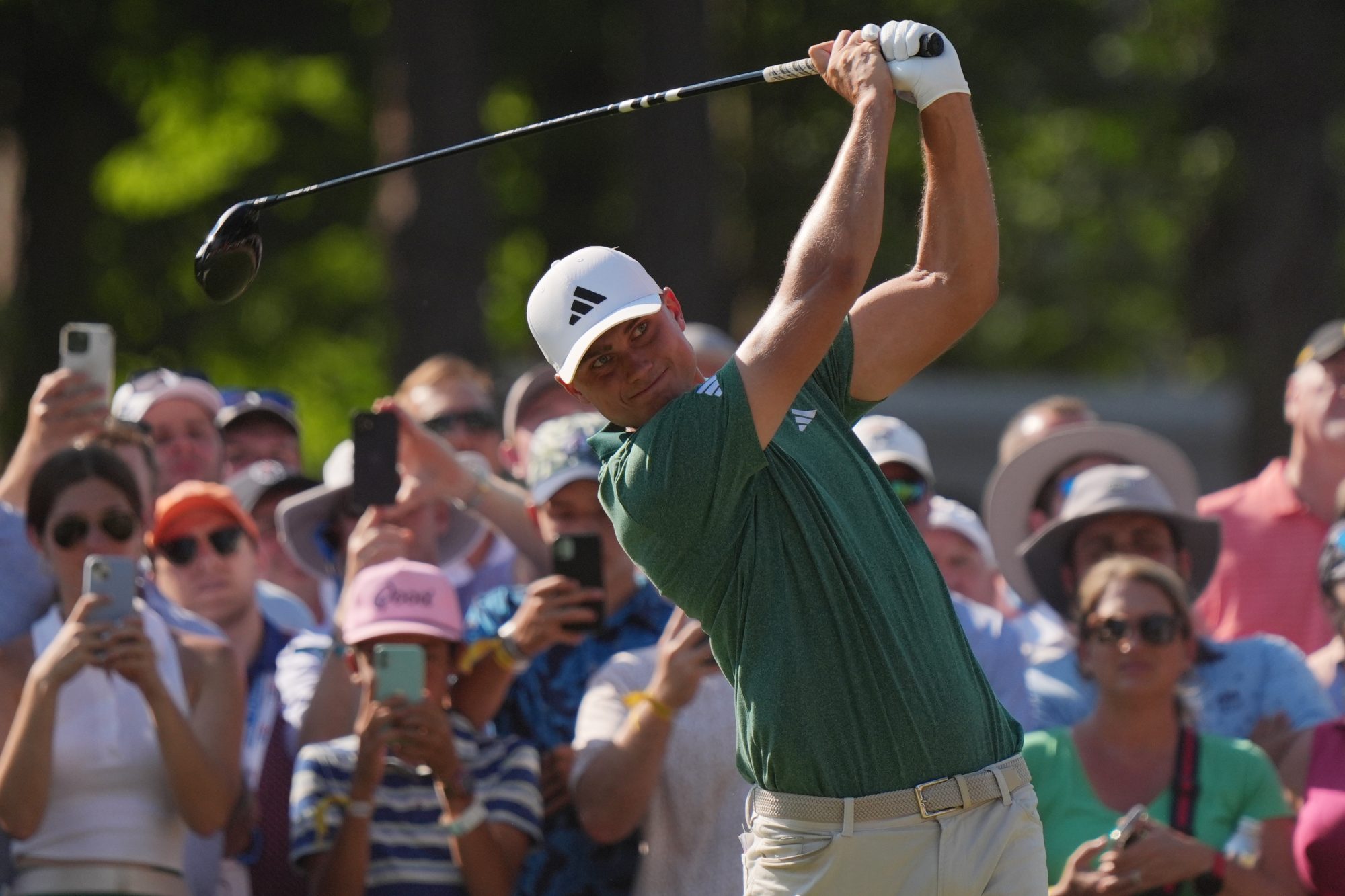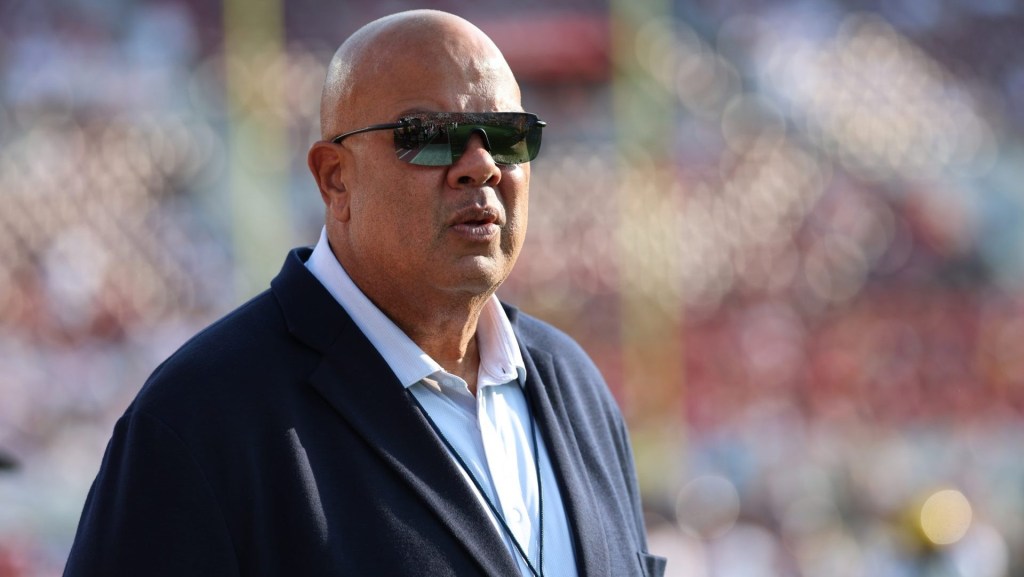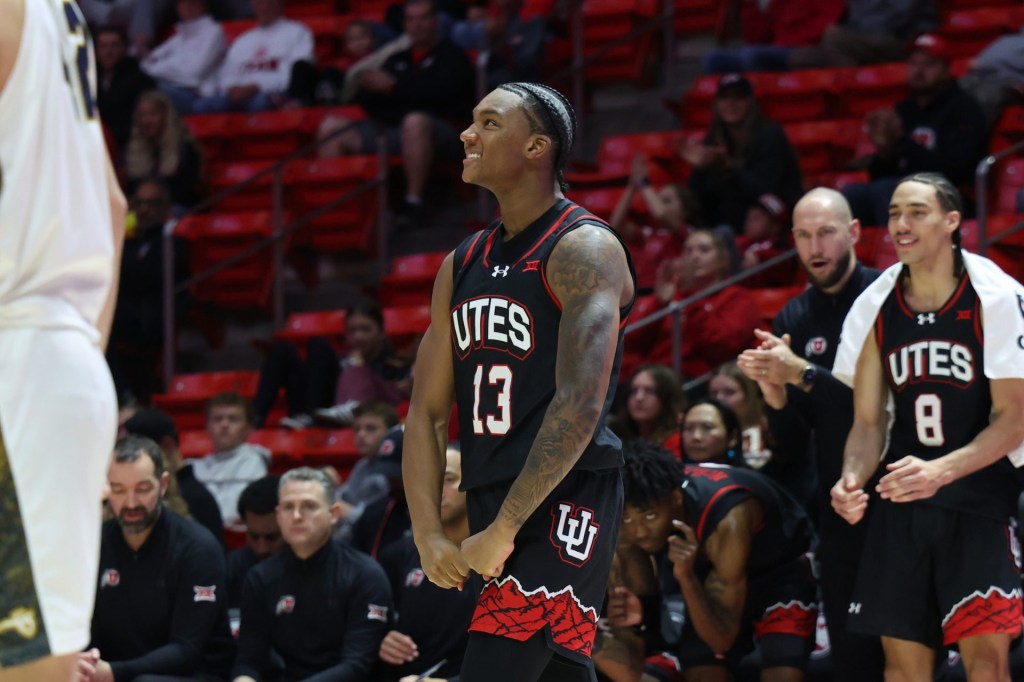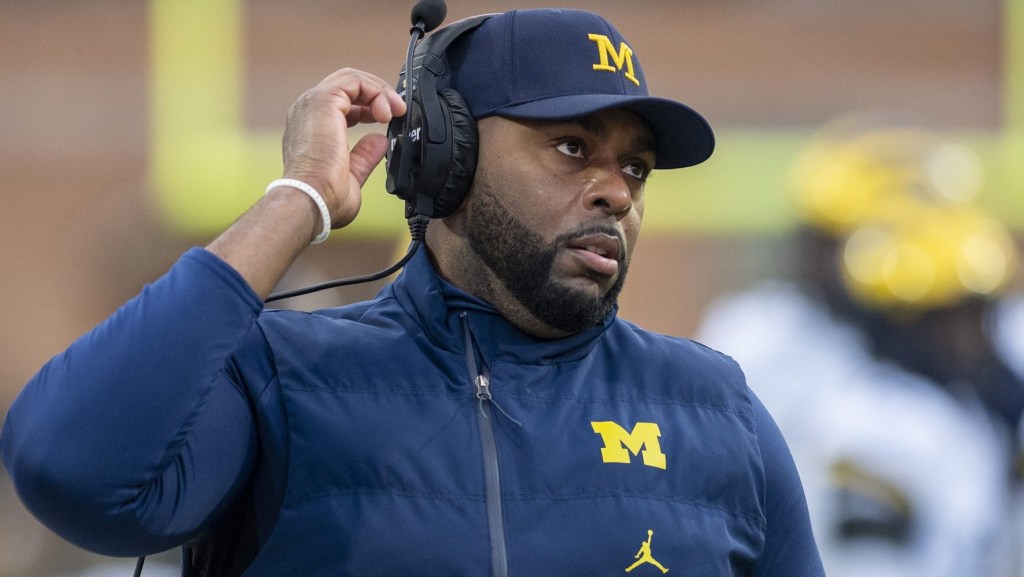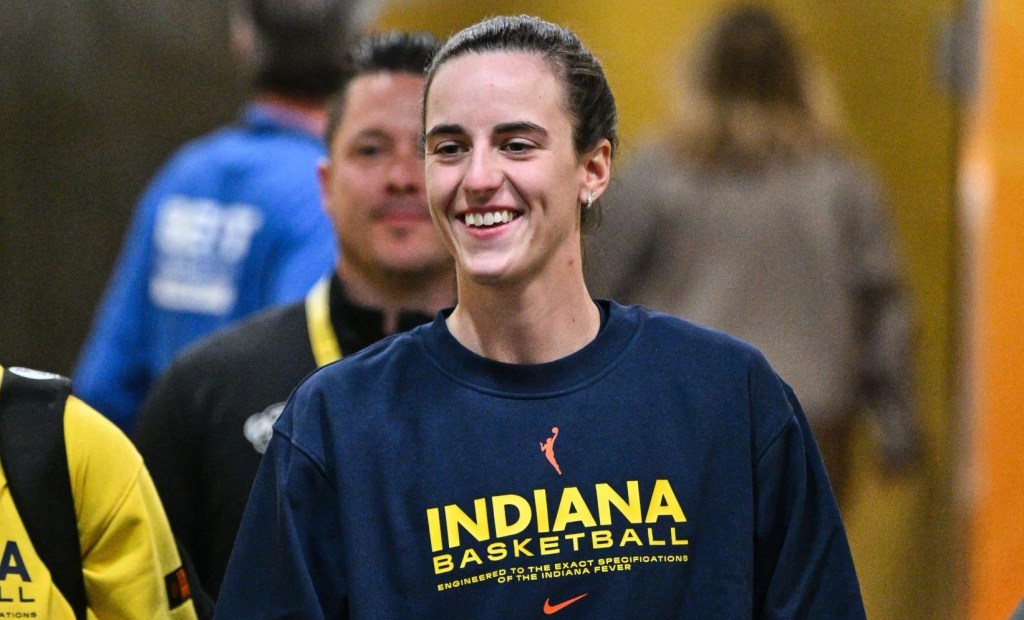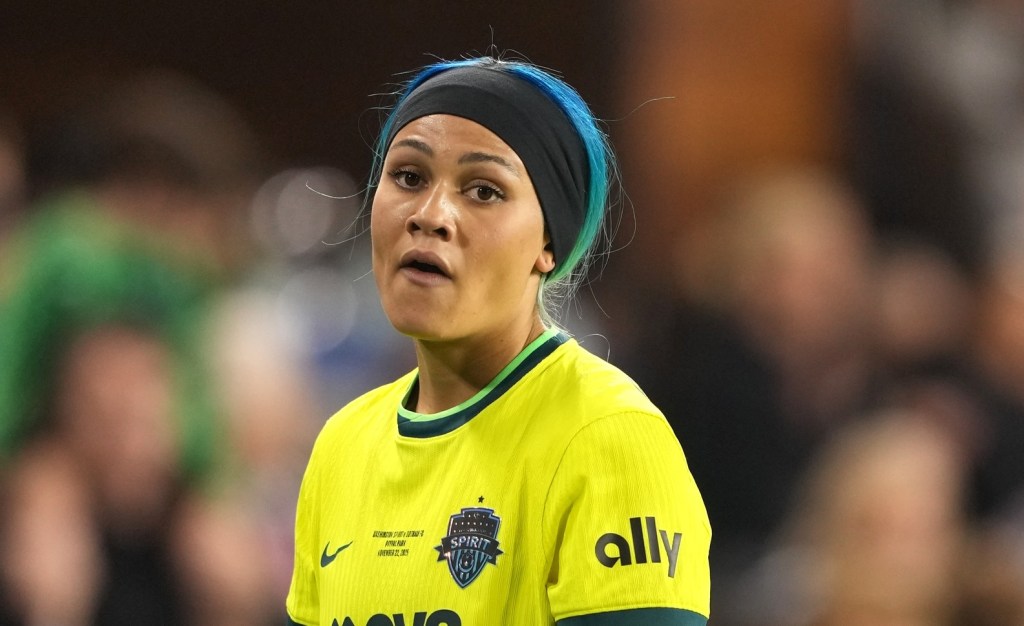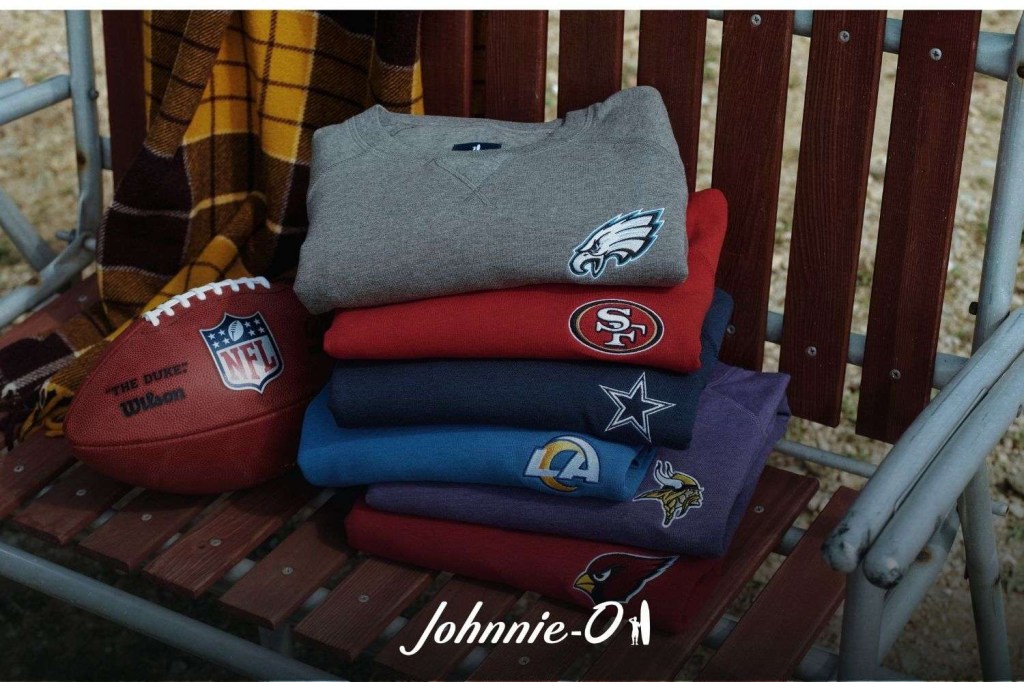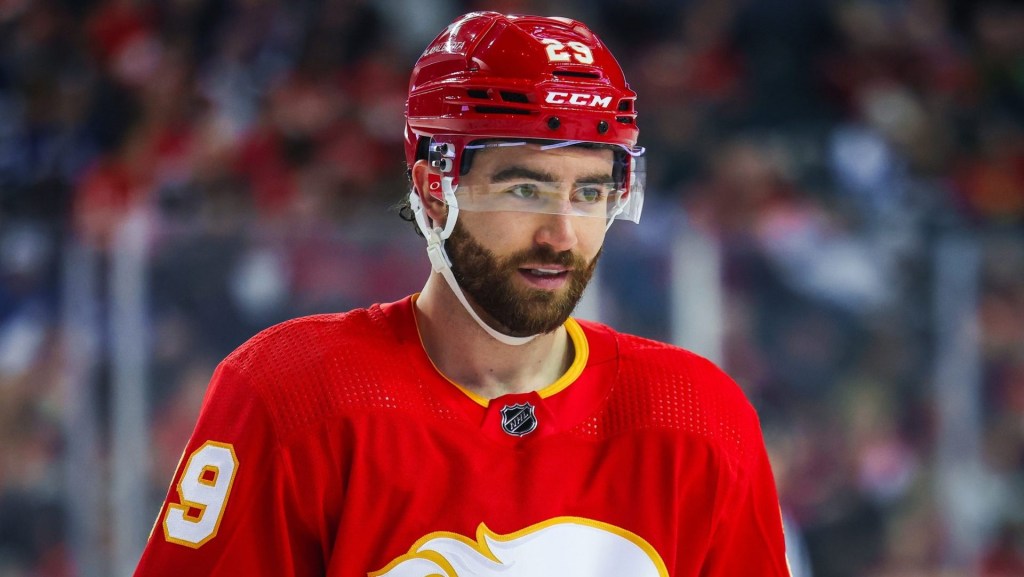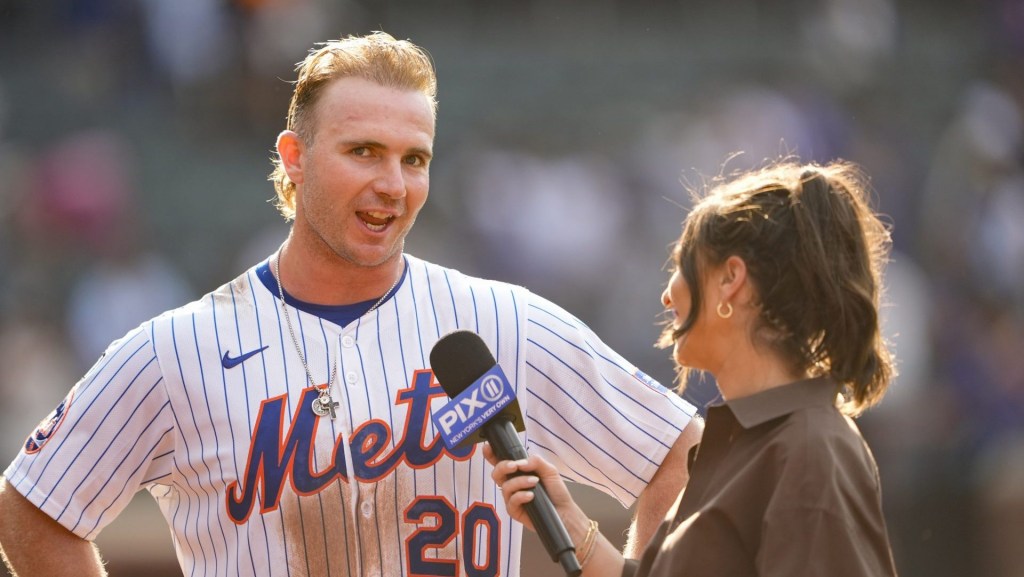In professional golf, top players earn millions of dollars through contracts with companies that supply their clubs and clothes. Up until 2021, those sponsorship dollars would start hitting a golfer’s bank account only after they gave up their amateur status. But since the emergence of relaxed name, image, and likeness policies in college sports, that process has sped up.
Instead of recruiting top amateurs after they’ve proved themselves playing for a major university, brands now have the option of betting on young talent before they become household names. There are pros and cons to that strategy, though.
“It’s hard enough, when they’re professionals, to really measure the ROI on some of these agreements,” says Jeff Lienhart, the president of Adidas Golf, which heading into last week’s Scottish Open sponsored three of the top 10 ranked men’s golfers in the world. “We believe in the system and we believe in having these partnerships with professional athletes. NIL is even that much more difficult to measure an ROI.”
Still, visibility is key for brands looking to sell shirts, shoes, pants, and more. So, striking an early relationship with a player who might one day be in the final group of a major, like this week’s Open Championship, is worth the investment. “It gives you a seat at the table, so that when they turn professional, you’re in a good position to negotiate what the future might hold,” Lienhart tells Front Office Sports, white noting sales often spike after an Adidas player wins or has a strong Sunday finish.
Players Have Options
While NIL deals are great for college golfers’ wallets, they can make for some tricky situations.
Michael Thorbjornsen earned his PGA Tour card by finishing first in the PGA Tour University rankings during his senior season at Stanford, which is a Nike school. But Thorbjornsen opted for an NIL deal with Adidas. “It was cool to be able to see what the other product looks like and what it feels like,” he tells FOS. “Obviously, it took a little bit of time to get used to it.”
Wearing dueling brands during his college years didn’t have much of an impact on his decision upon turning pro last month, though. “I guess you could say Nike was there, but it never really was,” Thorbjornsen says. “They weren’t successful in that.” Thorbjornsen followed in the footsteps of fellow PGA Tour University winner Ludvig Åberg (above), who also had an Adidas deal in college and now as a pro, currently ranked No. 4 in the world.
The New-Age Golfer
Apparel endorsements are just one piece of the puzzle for young golfers, though. Equipment manufacturers routinely shell out seven-figure paydays for players to swing their clubs, and all kinds of companies from banks and credit cards to insurance providers and airlines are willing to spend the same amount for nothing more than a logo on a shirt or golf bag.
Now, that all comes before they even join a tour. “Nothing really feels that different,” Thorbjornsen says of his transition from college to pro player. He’s not alone. For most up-and-coming pros, that’s simply the new reality.
